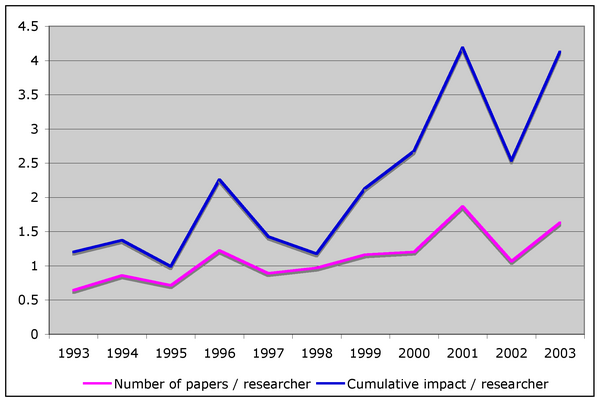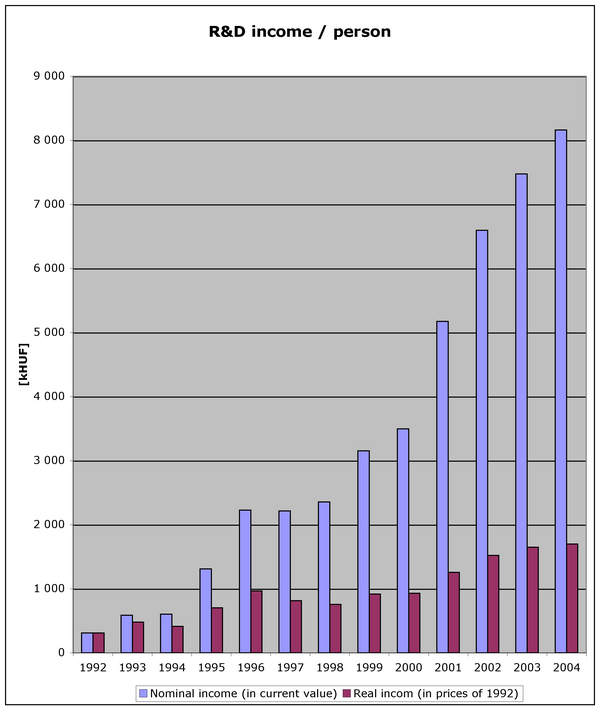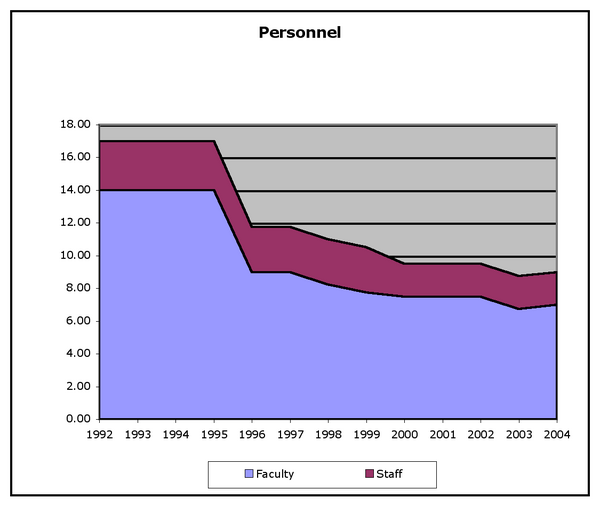Technical achievements accomplished as Head of the Surface Physics Laboratory at the Budapest University of Technology & Economics, 1993-2003.
- With the help of infrastructure development projects we have built a high performance, unique complex system allowing quasi in-situ tracking of chemical changes occurring in the gas phase and/or on the solid surface during layer deposition or surface processing (between 1995-98).
- By developing a method for the in situ measurement of ion energies and fluxes during the bias enhanced nucleation step of the chemical vapor deposition of diamond, we have been able to clarify the nucleation mechanism and realize the factors limiting the preservation of the orientation information. We became able to optimize the nucleation conditions and have developed a know-how for pinhole-free diamond coverage of the stepped surfaces of silicon based micromachined gas sensors. We have also developed a method for accurate in situ measurement of the gas composition during growth. Using this method we have found that in the above 100 mbar range the dominant incoming species is C2H, and its amount correlates with the growth rate.
- By means of quantum mechanical modeling we have determined the solubility of hydrogen in the wide band gap semiconductor silicon carbide, its effects on crystal growth and doping, as well as the spectroscopic fingerprint of the various hydrogen defects. We have identified the nature and role of important native defects. Using surface analytical tools for diffusion measurements we have shown that the carbon islands causing interface states at the SiO2/SiC boundary arise due to thermodynamic and not due to kinetic reasons. We have patented a procedure allowing the high quality epitaxial growth of cubic SiC crystallites on Si in a simple way which is inexpensive and easy to integrate into the silicon technology. We have worked out a method for creating an aligned array of SiC nanocrystals embedded in the oxide, next to the Si/SiO2 interface.
- Using theoretical and experimental methods, we have clarified the mechanism of semiconducting ß-Ga2O3 based gas concentration sensors. In the framework of a European FP4 project and in close collaboration with Siemens ZT (München, Germany), we also participated in the development of household sensors and in the development of their production technology.
- Using our gas- and surface analytical, as well as our theoretical modeling capabilities, we carried out research connected to the development and engineering of discharge lamps in the framework of research contracts with GE Lighting - Tungsram.
- By investigating the oxidation mechanism, as well as by suggestions concerning the optimization of the technology we contributed to the development of TiAl and Nb based solid electrolyte capacitors, in the framework of contracts with EPCOS AG (Heidenheim, Germany).
- By experimental investigations and theoretical modeling we contributed to the development of optical fiber splicers by the Furukawa Electric Technology Institute (Budapest).
- By surface analytical investigations and theoretical modeling we contributed to the development of cathode ray tube technology by Samsung SDI (Hungary).
- By theoretical and experimental investigations we have contributed to the development of self-cleaning glass coatings by PPG Industries Inc. (USA).
The development of the Surface Physics Laboratory, during my leadership, can be characterized by the following charts:



